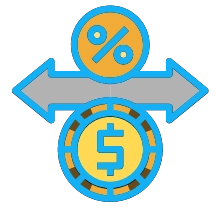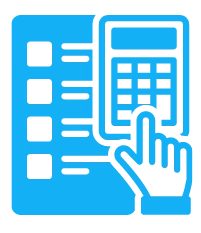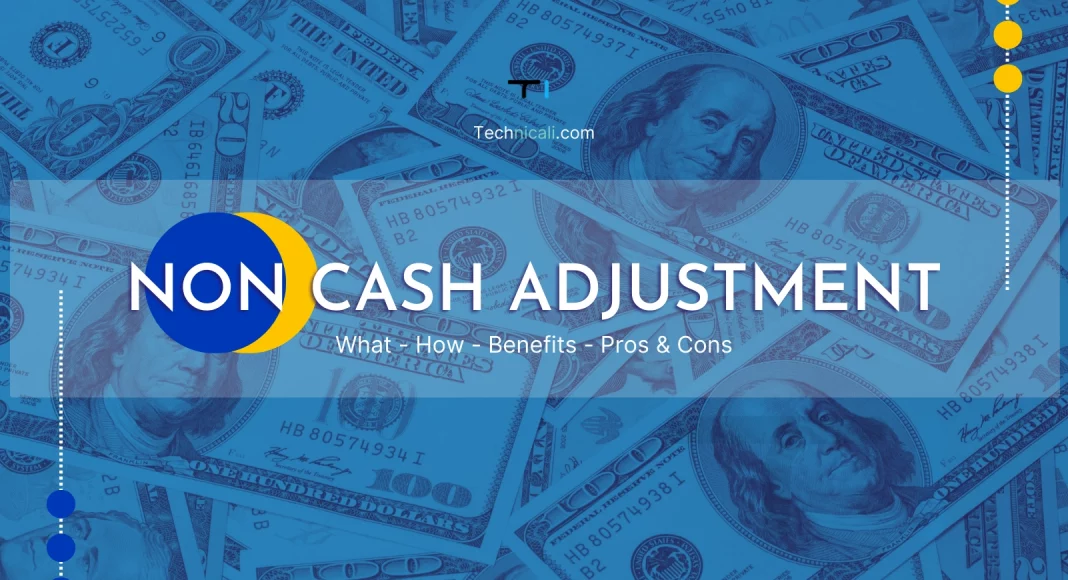When Rachel went to pay for her purchase at the local store, she was pleasantly surprised to find a 10% discount waiting for her. Though when she spent with her card, she was actually charged more than the advertised price.
This is an example of a Non-Cash Adjustment in action.
Non-Cash Adjustments are when businesses offer discounts for customers who pay with cash rather than credit or debit cards. The price of the item remains the same; it’s just that those paying with cash receive a discount that those using cards do not.
This is often done to encourage customers to pay cash prices, as it costs businesses less in processing fees or shares processing costs with customers.
When you see a sign saying, “We offer a discount for cash payments!” the store is implementing a non-cash adjustment policy.
Customers who pay with credit and debit cards do not receive the discount and will notice a non-cash adjustment on their receipts.
Contents
Cash Discount Program – How to Use Non-Cash Adjustments in Your Business

Non Cash Adjustments Can also be called a Cash Discounting Program. Cash customers usually qualify for the discount, no matter how much they spend.
Here’s how a true cash discount works:
The store offers a discount to customers who pay with cash.
For example, let’s say the store offers a 2% discount. This means that if an item is $100, you would only need to pay $98 if you’re paying with cash. However, if you’re paying with a credit or debit card, you would still be charged the full $100 price.
- Businesses must display signage at the entrance of their business and at the point of sale.
- Post both cash price and card prices of each item to clarify how much an item costs.
- Businesses are required to process non-cash adjustments through their point-of-sale systems.
- Processing fees for non-cash adjustments are typically lower than debit or credit card processing costs.
Types of Non-Cash Adjustments
There are many types of cash discount programs:

- Percentage-based discounts: These discounts are a fixed percentage off the listed price of an item. For example, a store may offer a 5% discount for cash payments.
- Dollar-based discounts: These discounts are a fixed dollar amount off the listed price of an item. For example, a store may offer a $5 discount for cash payments.
- A combination of both: Some stores offer a combination of percentage-based and dollar-based discounts. For example, a store may offer a 5% discount for cash payments on orders over $100 or a $5 discount on orders under $100.
- Discounts on specific items: Some stores offer discounts on particular items when customers pay with cash. For example, a store may offer a 10% discount on all shoes when customers pay with cash.
- Discounts for certain payment types: Some stores offer discounts for specific payment types. For example, a store may offer a 5% discount for cash payments and a 3% discount for debit card payments.
- Store-branded gift card: Some stores offer a store-branded gift card when customers pay with cash. For example, a store may offer a $5 gift card for every $100 spent when customers pay with cash.
Businesses can offer any combination of discounts they want, as long as they are clearly posted and not misleading cash discount programs.
It’s important to note that businesses are not required to offer discounts for cash payments. This is entirely up to the business owner.
When deciding whether or not to offer a Non-Cash Adjustment, businesses should consider their customer base, processing fees, and overall sales goals.
Benefits of Non-Cash Adjustments

There are many benefits of Non-Cash Adjustments:
- Saves businesses money on processing fees: Businesses that accept credit and debit cards are typically charged a processing fee for each transaction. These fees can add up, especially for businesses with a high sales volume. Companies can save money on these processing fees by offering cash payment discounts.
- Can help businesses avoid or share processing fees with customers: In addition to the savings on credit card fees, companies may also be able to avoid passing these fees onto their customers. Many customers are unaware of the costs associated with credit and debit card transactions, so they may be surprised to see a surcharge on their bill.
- Encourages customers to use cash, which is often less expensive for businesses than credit or debit cards: Businesses that accept credit and debit cards usually have to spend time inputting customers’ information and dealing with declined transactions. More cash transactions can save businesses time and money.
- All 50 states allow cash discounts: No law prohibits businesses from offering discounts for cash payments. In fact, all 50 states allow companies to provide these types of deals.
- Businesses can offer any combination of discounts: Businesses are not limited to providing a single type of discount. They can offer any variety of discounts they want, as long as they are clearly published and not misleading.
- Attracting new customers: Non-Cash Adjustments can also help businesses attract new customers. Customers looking for a discount may be more likely to try a new business if they know that the company offers discounts for cash payments.
- Building customer loyalty: Non-Cash Adjustments can also help businesses build customer loyalty. Customers who receive a discount may be more likely to return to the company in the future.
Some Drawbacks of Cash Discounting

- Some customers may need clarification on the pricing structure and think they’re overcharged if they pay with credit or debit cards.
- Businesses must post signage at the entrance of their store and at the point of sale, which can be costly and time-consuming.
- Businesses will lose out on sales if customers have enough cash on hand to take advantage of the discount.
- Businesses have to change their pricing structure, which can confuse employees and customers.
- Discounts can take time to track and manage.
While some customers may be unaware of cash discounts, others may be hesitant to take advantage of them because they do not carry cash with them or do not want to go to an ATM to get the money needed to pay for their purchase.
When Non-Cash Adjustments are Not Allowed
There are a few situations where Non-Cash Adjustments are not allowed:
- If the business is advertising a sale price lower than the regular price, the company cannot offer a Non-Cash Adjustment on the sale price. For example, if a store is advertising a 50% off sale, the store cannot provide a 10% discount for cash payments.
- If the business offers financing or credit terms, the company cannot provide a Non-Cash Adjustment. For example, if a store offers financing for 12 months with no interest, the store cannot give a 10% discount for cash payments.
- If the business is required to charge sales tax, the company cannot offer a Non-Cash Adjustment on the sales tax. For example, if a state requires a 5% sales tax, the store cannot provide a 10% discount for cash payments.
Before you begin implementing a policy, there are a few situations where Non-Cash Adjustments may not be allowed. It’s essential to check with local laws and regulations. For example, in Newyork companies must assign both cash and credit prices for each item; the receipt must include a “Surcharge Fee” as well. The fee can be at most 4% of the cost of the guest check (it can be lower, such as % or set amount).
A Non-Cash Adjustment is quite comparable to a surcharge program – the posted list prices have an included cash discount incentive –
meaning that those are the regular prices. The card prices would be the same as if no discount was offered (plus the Surcharge Fee).
Some businesses choose not to offer Non-Cash Adjustments because they feel it’s too confusing for customers or employees. Others worry that they will lose out on sales if customers don’t have enough cash on hand to take advantage of the discount.
There are pros and cons to offering Non-Cash Adjustments. It’s essential to weigh the advantages and disadvantages before you decide if this pricing strategy is right for your business.
How to Report Non-Cash Adjustments on your Financial Statements

If you offer Non-Cash Adjustments, you need to track and report them on your financial statements. Depending on your business type, there are different ways to track and report Non-Cash Adjustments.
For example, if you own restaurant and retail businesses, you would track the Non-Cash Adjustments as a separate line item on your income statement. You would also need to disclose the Non-Cash Adjustments in your footnotes.
If you have a service-based business, you will track the Non-Cash Adjustments as a separate line item on your income statement. You would also need to disclose the Non-Cash Adjustments in your footnotes.
The key is to ensure that you are tracking and reporting the Non-Cash Adjustments in a way that is consistent with your overall accounting and financial reporting policies.
Bottom Line
Non-Cash Adjustments can be a great way to charge credit card processing fees by mentioning separate debit or credit card prices. It also encourages card brands to offer more competitive processing rates to keep the card industry thriving.
A true cash discount program does not post two prices but offers a single price for cash lower than the credit card price. This type of program may require an amendment to your merchant agreement, so it’s important to check with your payment processor before implementing this type of pricing strategy.



